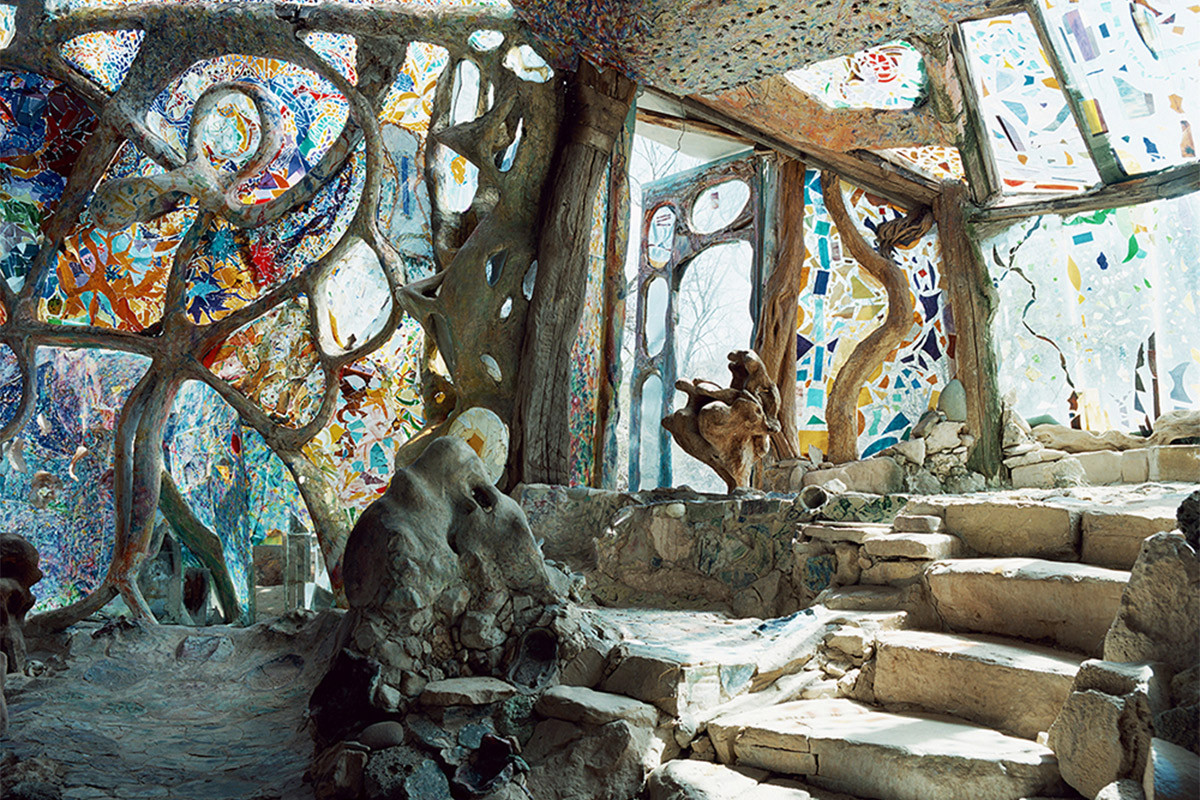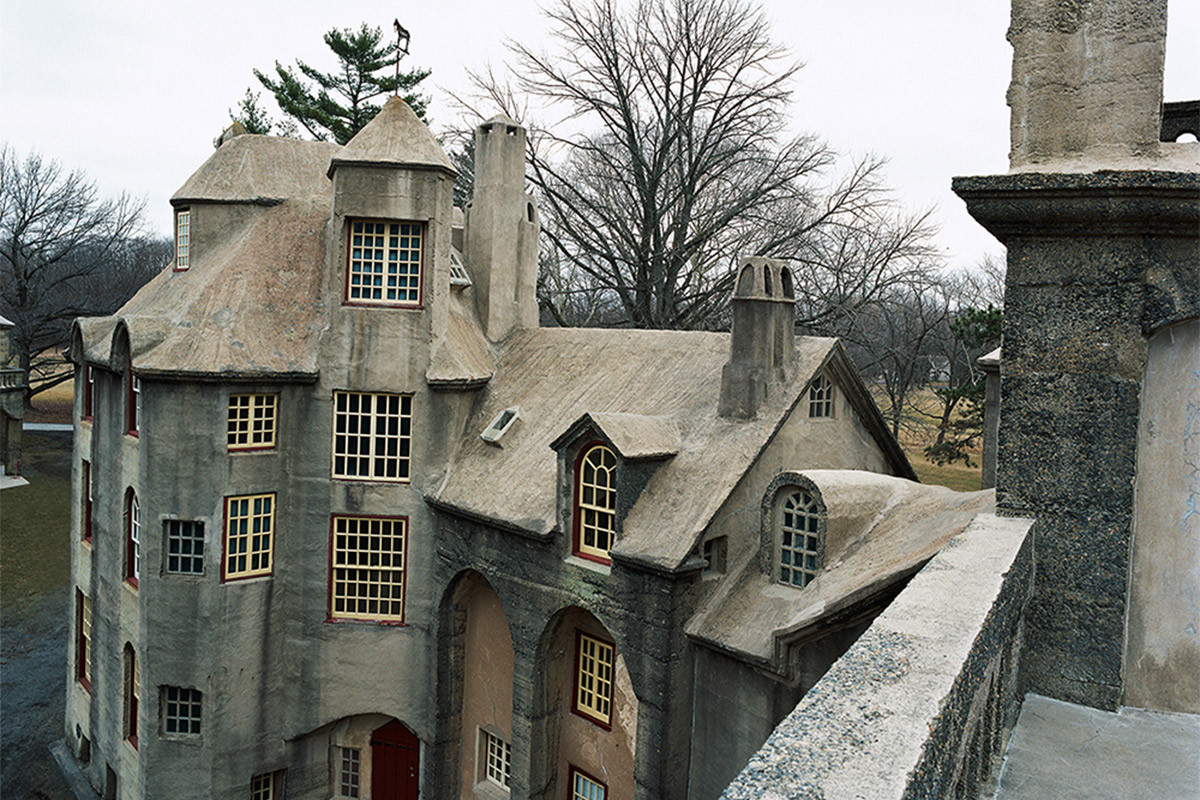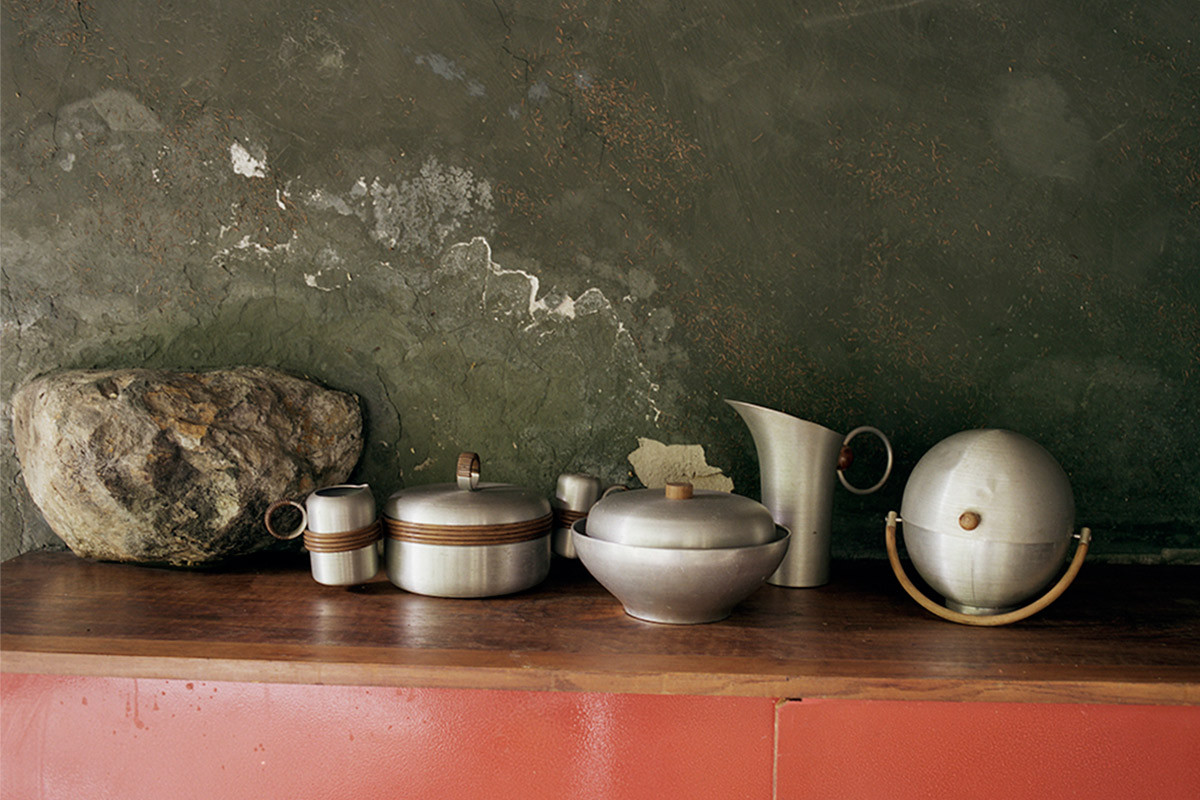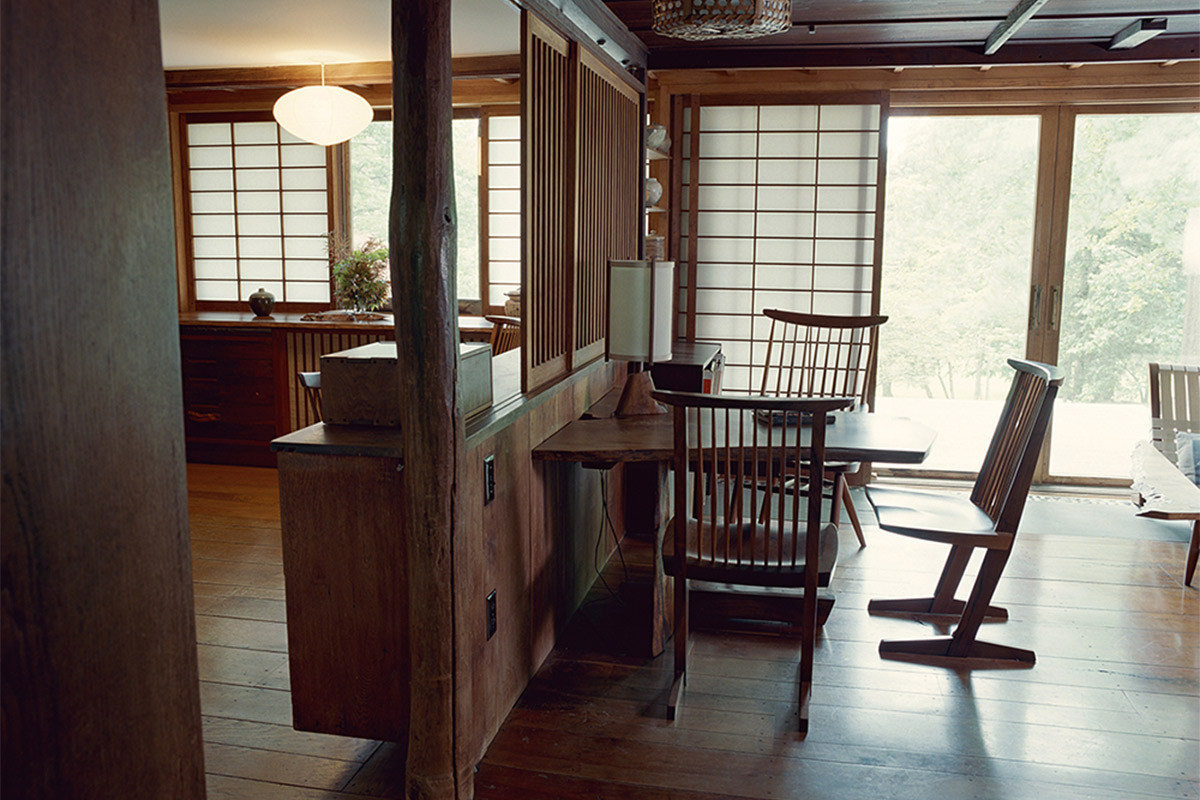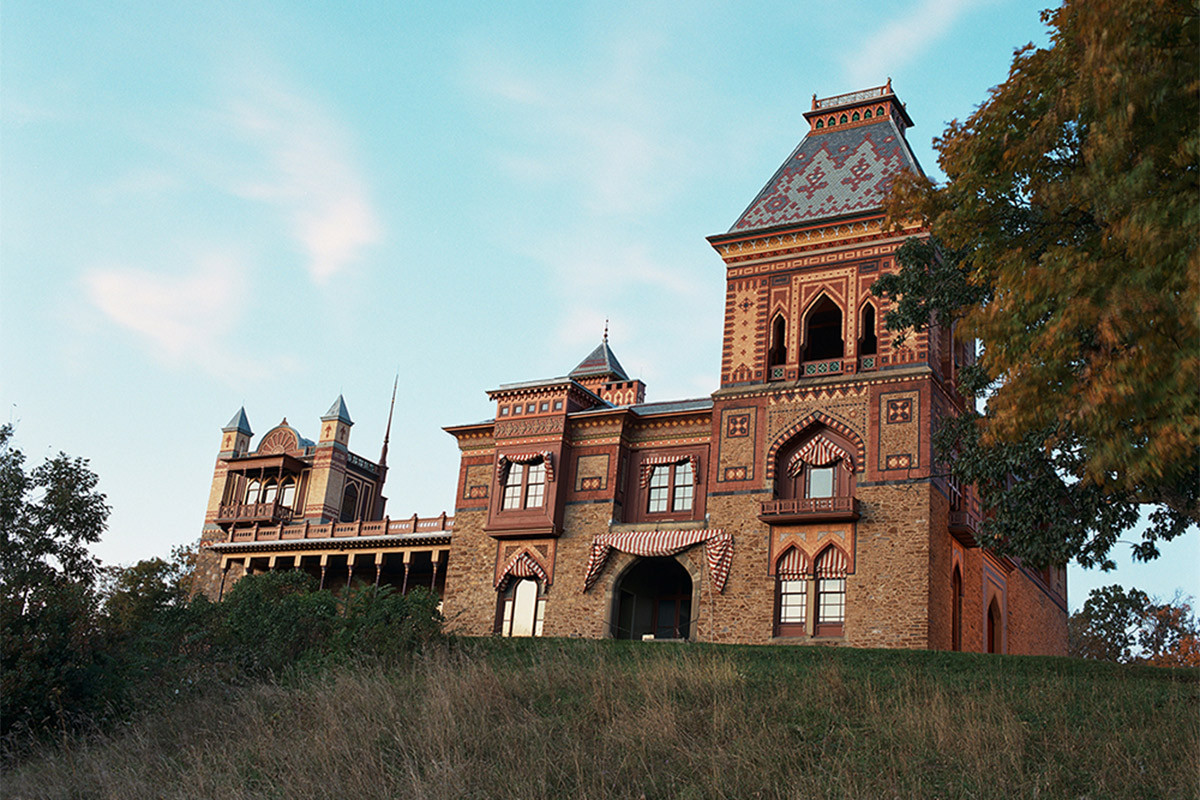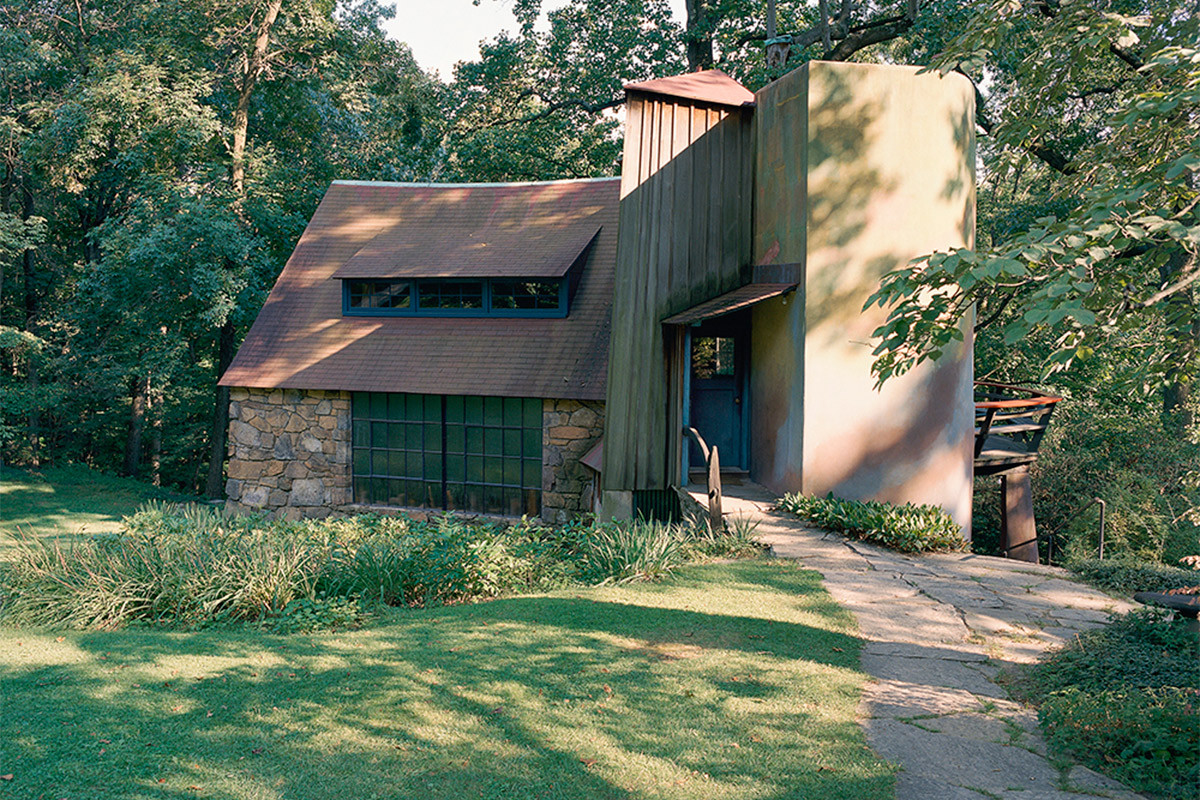Art House
You filmed in 11 properties. How long did it take to complete the film?
I first began shooting artists' homes for The World of Interiors. The book Artists' Handmade Houses came out of that work and included 13 homes total. While shooting the book over a 2-3 year period I also shot video, and waited after the book to come out before continuing to work on the film. Around 2011 I went back to all the houses and shot more footage, did the interviews and worked on the music and narration while editing it myself on Final Cut Pro. I finished the film in
October of 2014.
What led you to the material in the first instance?
I studied Art and Art History in school, and lived in Paris for a few years before coming to New York. At that time I traveled all over Europe, visiting museums, and house museums and artists' and writer's homes. When I began shooting Interiors for The World of Interiors, ADFrance, and Architecture & Wohen, those were the types of houses I shot well, and became mostly known for those images. When I visited Malaparte in Capri- the home of writer Curzio Malaparte - which he called "A house like me" arguably designing and building it himself. I was inspired to shoot artist's homes and bring that idea - that an artist can create great architecture - to the table here in the US.
Many houses and architectural projects can be notoriously hard to photograph - or indeed film - which you have achieved beautifully. What are the challenges of capturing these highly idiosyncratic homes on film?
The challenge is to represent these homes as honestly as possible...using only the available light and minimal styling or set up as possible. I think when you are walked through a house museum by a guide you get little chance to experience the rooms in an intimate way...sit on a chair or even
lay on a bed, rummage through a desk drawer or open doors to private rooms, but this is where I can go, where the camera is allowed to go, and what I have tried to explore and bring to the audience that watches the film. For me it’s as intimate an experience as a person will have without actually being there in person-But the film can only try to capture the spirit, and sounds of a room, and cannot show you all-so at best I want the film to inspire people to go themselves and to learn more about the artists, their work and lives.
Did you have a favorite home and why?
Michael Gotkin, the writer of the book, and I both found these houses to be important works of architecture created by unique and important artists-although some are not well known. Some, like Olana and Fonthill - the most famous- I felt had never been photographed justly, and I appreciated the fact they were popular museums, but I personally found the unknown artists to be my favorite and seemed more important for me to share with others-mostly because if
people don't support them and visit they will be gone. The dust on every shelf, and rooms untampered with for years like those of Raoul Hague, Henry Varnum Poor and Paolo Soleri were like treasures for me unearthed for the first time.
Was there a home you found particularly radical above the others?
Eliphante, the last house in the film, is the most experimental and the breathtaking "stained-glass" room that you enter through a dark cave like "trunk" is best experienced in person. But the house I would most love to live in is Mantoga, the home of Russel Wright.
Why do you think these Art Houses seem so radical by today’s standard?
I think they may seem radical today, but the film and the book are meant to inspire the viewer-not to "build" their own home but bring to life an understanding that "home" can be means toward self-expression andto create-if they have the means-something that represents their true spirit, be it a house or garden or a chair, to share that with others and live a happier life.
Of all the houses you covered, do any seem imperiled or at risk of demolition/radical change?
There were many houses that changed from the time I started to shoot the book to the time the film was shot and finished. The Home of Henry Varnum Poor in New City New York was sold to a developer and slated for demolition, but with the help of articles in The New York Times and The World of Interiors, sold back to the town of Ramapo. They lack the funds to restore it, so it remains closed to the public. Each house in the film, struggles to raise the money needed to support the costs of upkeep and often that is seen by the gradual decline of it, even obvious to me in the short time I have been visiting them.
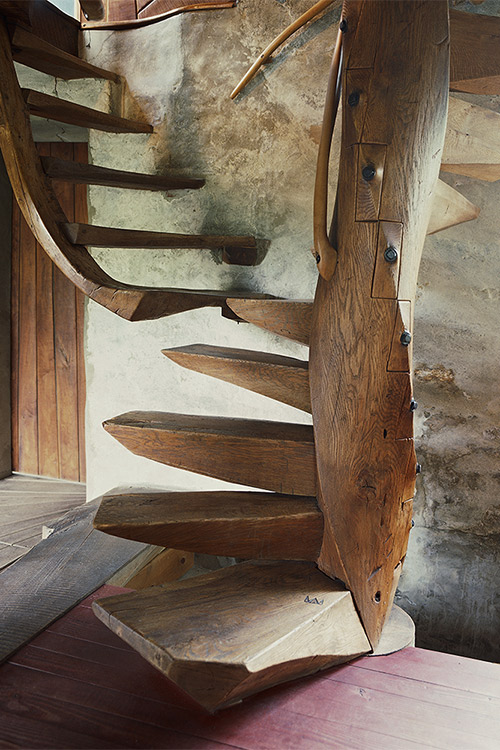
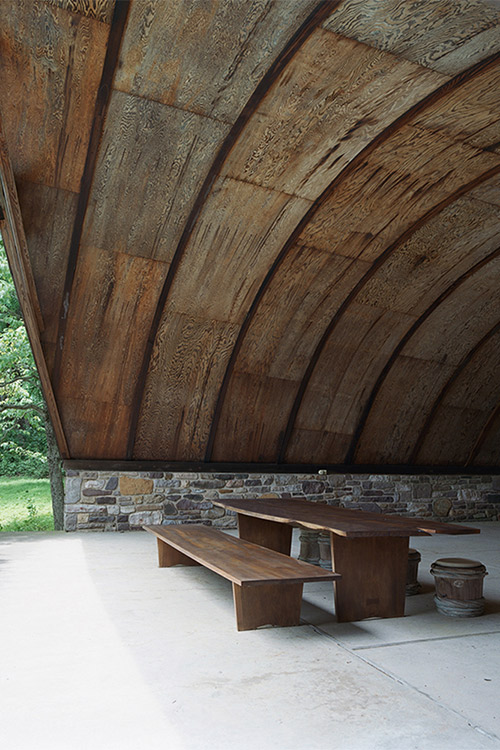
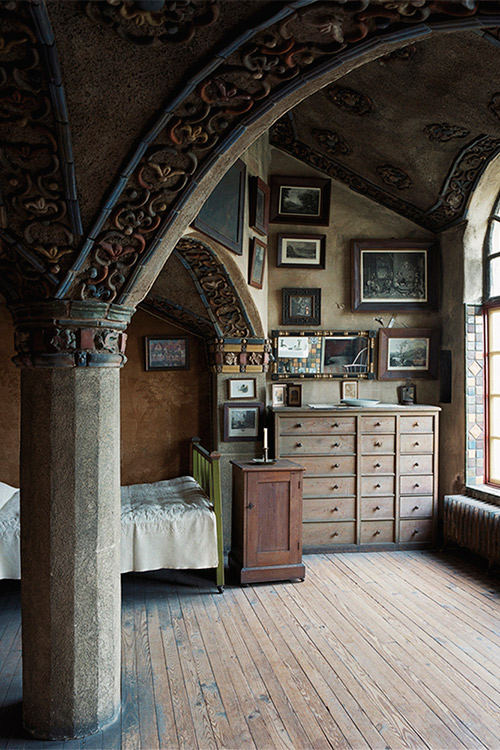
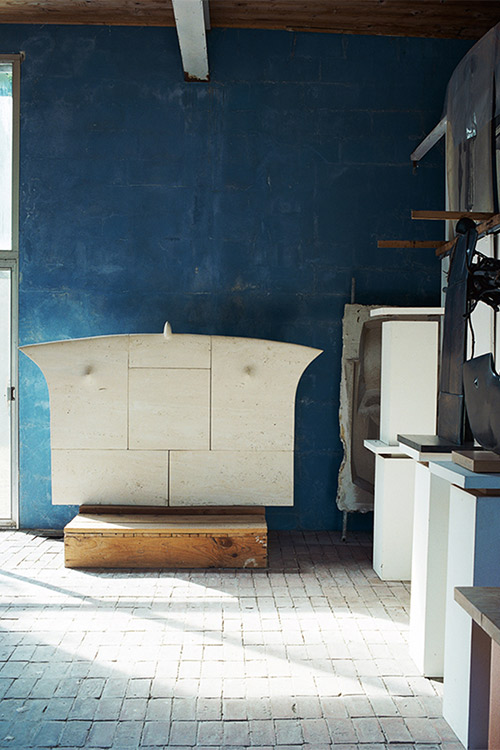
Photography courtesy of Don Freeman.
 The Future Perfect
The Future Perfect
